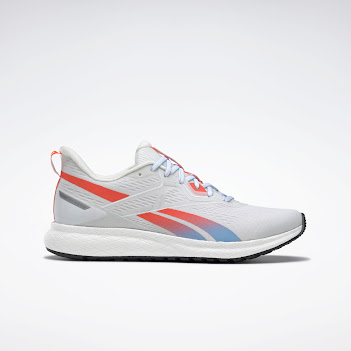Fitness Tips For Weight Loss at home [beginners in 2020]
physical fitness tips For Weight Loss at home [beginners in 2020]
Nutrition Nutrients are substances necessary for proper bodily function. Some are required in large quantities (macronutrients) and some are required is small quantities (micronutrients). There are 4 types of macronutrients: Proteins, Carbohydrates, Fats and Water and two types of micronutrients: Vitamins and Minerals.
Proteins Proteins are the basic structure of all living cells. Proteins are used in making hormones, blood plasma transport systems, and enzymes. The basic building blocks of proteins are called amino acids. There are two types of proteins complete and incomplete. Amino acids are categorized as essential and nonessential. Of the twenty amino acids that have been identified, nine are considered essential amino acids those that are not manufactured by the body, these must come from dietary intake. The body can manufacture the non-essential amino acids from the by-products of carbohydrate metabolism. Amino Acids are crucial for proper Central Nervous System (CNS) function.
Carbohydrates Carbohydrates are utilized for energy, both instant and sustained. When insufficient carbohydrates are taken in, the body must utilize proteins for energy even to the point of catabolizing muscle tissue for energy. Digestive enzymes in the small intestines break down the carbohydrates into glucose. The glucose can be immediately utilized by the body or stored as glycogen in the muscles and liver. The muscles can store about 20 minutes of glycogen for energy. The bloodstream can hold about an hour of glucose for energy. If glucose levels are maximized and all glycogen storage locations are full then the excess glucose is converted to fat by the liver and stored in adipose tissue or fat cells.
There is really no limit to the amount of fat that a body can store. According to studies at the University of Massachusetts, carbohydrates are generally converted to fat at the rate of 75% where 25% of the carbohydrates are used in the conversion process. There are three types of carbohydrates Monosaccharides, Disaccharides and Polysaccharides. Monosaccharides are simple sugars and are the basic unit of carbohydrate. Examples of Monosaccharides are glucose and fructose. Disaccharides are composed of two Monosaccharides. Examples of Disaccharides are table sugar (sucrose) which is composed of fructose and glucose also milk sugar (lactose) which is composed of glucose and galactose . Polysaccharides are composed of multiple Monosaccharides. Examples of Polysaccharides are starches (bread, fruit, grain, pasta, rice). These are also called complex carbohydrates.
you can download fitness ebook




Comments
Post a Comment